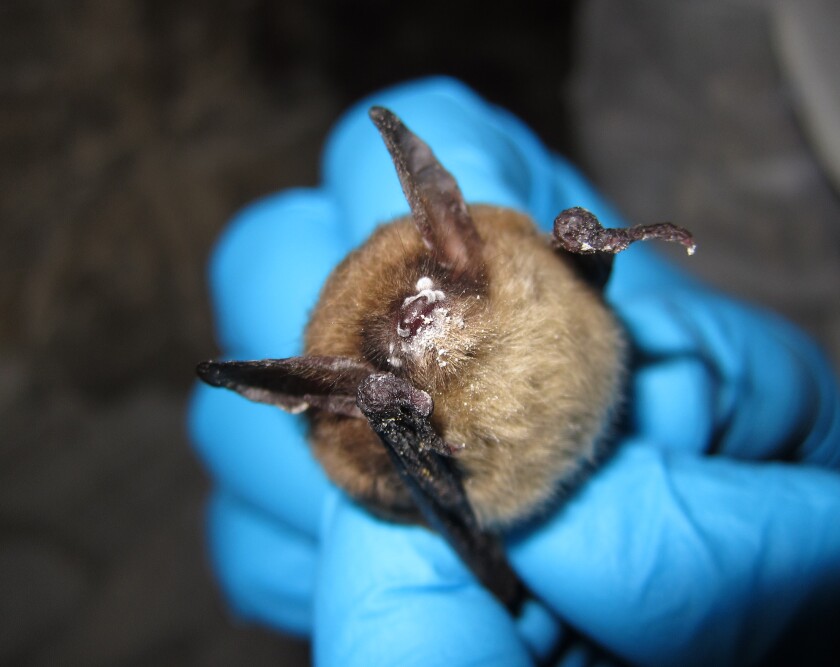WASHINGTON — The Center for Biological Diversity on Tuesday filed a lawsuit challenging the failure of the U.S. Fish and Wildlife Service to develop a national gray wolf recovery plan under the Endangered Species Act.
The 14-page suit comes as the federal agency decides how to move forward with wolves, both in Western states and in the western Great Lakes region, including whether the big canines should be protected under the federal Endangered Species Act.
ADVERTISEMENT
The Center for Biological Diversity said the US. Fish and Wildlife Service’s current wolf recovery plan, developed 30 years ago, neglects areas where wolves once flourished but where they have been wiped out for the past 150 years. The group said recovery plans should describe actions needed to achieve the full recovery of species in more areas.
“The Service can’t rely on its outdated, unambitious, and piecemeal approach to wolf recovery any longer,” Sophia Ressler, a staff attorney for the Center for Biological Diversity, said in a statement announcing the suit. “The agency’s refusal to complete a national wolf recovery plan, besides violating the law, neglects both the people who want this majestic species to recover and the wolves who are so important to our country’s biodiversity.”
The federal agency’s wolf-recovery planning has focused on wolf populations in three separate geographic areas: the “eastern timber wolf” in Minnesota, the now-delisted gray wolf population in the northern Rocky Mountains and the now separately listed Mexican gray wolf in the Southwest.
No plan comprehensively addresses gray wolf recovery across the country, Center for Biological Diversityofficials contend. Many areas where wolves currently live and breed — and where their reestablishment is in its infancy, such as California and Colorado — have no plan to guide their recovery.
The lawsuit also challenges the federal government’s failure to complete a required status review for the gray wolf in a timely way. The last review was completed more than a decade ago, even though the Endangered Species Act requires the agency to complete these reviews every five years.
“The Endangered Species Act is one of the most powerful tools we have to protect this country’s wildlife,” said Ressler. “We’re only asking that the Service do its duty and allow the Act to truly work for wolves.”
It’s estimated as many as 2 million gray wolves once roamed North America, including much of the contiguous United States. But European settlers nearly wiped the animals out of the U.S., outside Alaska, with fewer than 500 remaining — all of them in Minnesota’s Superior National Forest — by the time the wolf received federal protections in the 1970s.
ADVERTISEMENT
Groups representing ranchers, hunters and farmers say wolves have since recovered enough in Minnesota, Wisconsin and northern Michigan to remove federal protections and resume state hunting and trapping seasons.
But wolf supporters note that the animals are still only at about 1% of their historical numbers and occupying only about 15% of their historical range. A national wolf recovery plan, they say, would look at additional places wolves could roam beyond where they are now.
In November 2020, the Trump administration finalized a rule that removed all Endangered Species Act protections from most gray wolves nationwide. A federal court vacated that rule in February 2022 and restored the wolf’s federal protection in the lower 48 states except for northern Rocky Mountains.











